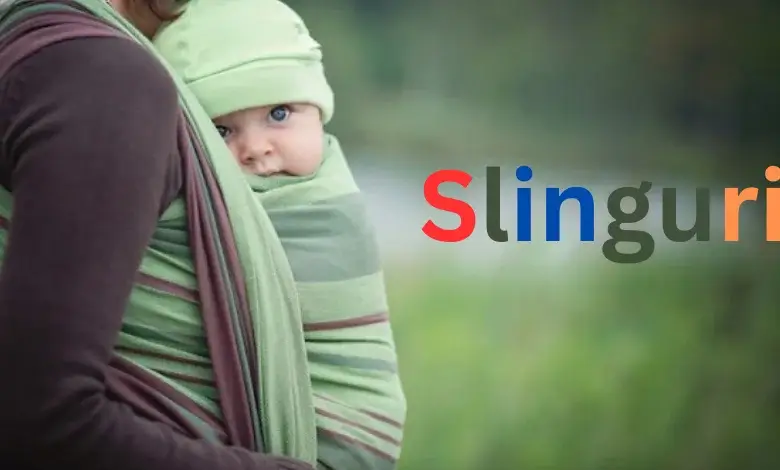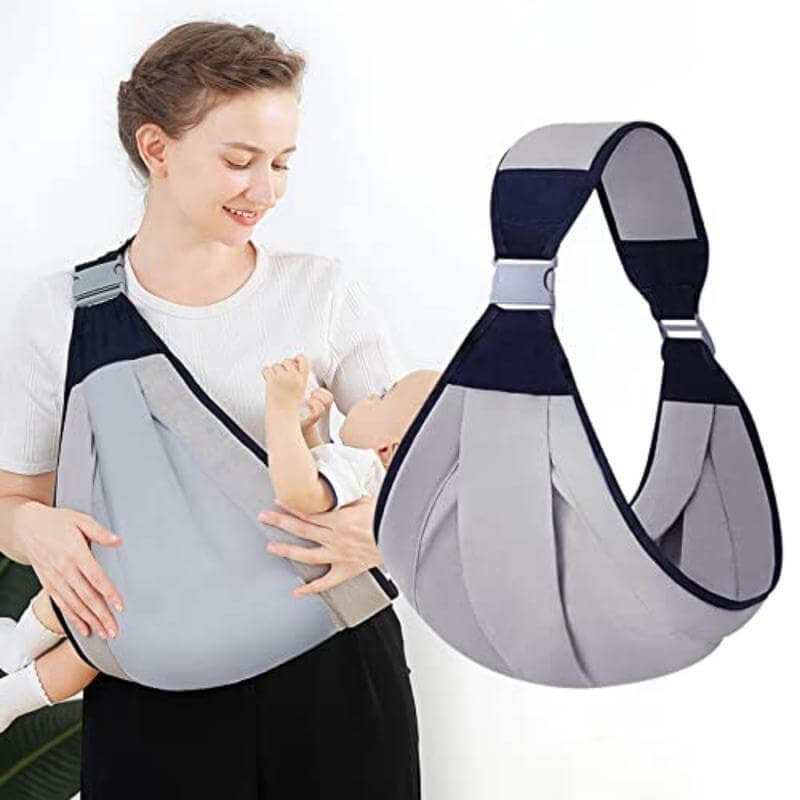Introduction to Slinguri
Slinguri, or baby slings, have become an essential item for many mothers around the world. These versatile carriers offer a practical and comfortable way to keep a baby close while allowing mothers the freedom to move and carry out daily tasks. With a variety of styles and materials available, slinguri have proven to be not only a convenient solution for carrying infants but also a source of comfort and bonding for both mother and child.
This comprehensive guide explores the different types of slinguri, their benefits, how to use them safely, and tips for choosing the best sling for you and your baby.
 The Benefits of Using Slinguri
The Benefits of Using Slinguri
Close Bonding and Comfort
One of the most significant benefits of using a sling is the close physical bond it fosters between mother and child. The skin-to-skin contact provided by slinguri helps strengthen the emotional connection between mother and baby. This closeness is particularly beneficial in the early months of a baby’s life when they seek comfort and security.
The rhythmic motion of a mother’s movement while using a sling mimics the sensation of being in the womb, which can help soothe and calm a baby. This can be particularly helpful during times of distress or when a baby is having trouble sleeping.
Hands-Free Convenience
For busy mothers, especially those with multiple children or household responsibilities, a sling offers a practical solution. By securely holding the baby close, slinguri free up the mother’s hands, allowing her to attend to other tasks while keeping her baby safe and content. Whether running errands, preparing meals, or simply relaxing at home, slinguri provide the flexibility that many mothers need.
Physical and Emotional Benefits for Babies
Slinguri can have a positive impact on a baby’s physical and emotional development. The upright position that most slings provide can aid in digestion and reduce issues like colic and reflux. Additionally, being carried in a sling allows babies to observe their surroundings, which can stimulate their cognitive development and curiosity about the world.
Emotionally, babies who are carried often in slinguri tend to cry less and are generally more content. The constant proximity to their mother helps them feel secure, reducing stress and promoting a sense of well-being.
Types of Slinguri
Ring Slings
Ring slings are one of the most popular types of slinguri. They consist of a long piece of fabric with two rings sewn into one end. The fabric is threaded through the rings to create a secure pouch for the baby. Ring slings are adjustable and can be used for newborns and toddlers alike. They are particularly favored for their ease of use and the ability to quickly adjust the fit.
Wraps
Wraps are another common type of slinguri, made from a long piece of fabric that is wrapped around the body in various ways to create a secure hold for the baby. Wraps are versatile and can be used in multiple positions, including front, back, and hip carries. They distribute the baby’s weight evenly across the mother’s shoulders and back, making them comfortable for extended use.
Pouch Slings
Pouch slings are similar to ring slings but without the rings. They are typically made from a single loop of fabric that is worn over one shoulder, creating a pouch where the baby can sit. Pouch slings are simple and easy to use, making them a great option for quick outings or when simplicity is preferred.
Mei Tai and Soft-Structured Carriers
Mei Tai and soft-structured carriers (SSCs) are more structured than traditional slings, featuring a fabric panel with straps that can be tied or buckled around the wearer’s body. These carriers offer additional support and are often chosen for older babies or toddlers who require more stability. They can be worn on the front or back, providing flexibility for different carrying needs.
How to Safely Use Slinguri
Proper Positioning
When using a sling, it is crucial to ensure that the baby is positioned correctly to avoid any risk of suffocation or discomfort. The TICKS rule is a helpful guideline to remember:
- Tight: The sling should be tight enough to hold the baby close to your body.
- In view at all times: You should always be able to see your baby’s face.
- Close enough to kiss: Your baby’s head should be as close to your chin as is comfortable.
- Keep chin off chest: Ensure there is enough room between your baby’s chin and chest to avoid airway obstruction.
- Supported back: The baby’s back should be well supported in a natural, slight “C” shape.
Choosing the Right Sling
Choosing the right sling depends on several factors, including the age and size of your baby, your lifestyle, and personal preferences. For newborns, a soft and stretchy wrap may be ideal, providing the gentle support they need. As your baby grows, a more structured carrier or ring sling might offer better support and comfort.
It’s also important to consider the material of the sling. Breathable fabrics like cotton or linen are excellent choices for warmer climates, while thicker fabrics like wool might be more suitable for cooler weather.
Practicing Safe Usage
Before using a sling with your baby, take the time to practice with a doll or a similar object to get comfortable with the process. Make sure to read the manufacturer’s instructions carefully and check for any recalls or safety warnings. It’s also a good idea to join a babywearing group or seek advice from an experienced user to ensure you’re using the sling correctly.
Conclusion: Slinguri as a Lifesaver for Mothers
Slinguri offer numerous benefits for both mothers and babies, providing comfort, convenience, and a unique way to bond. Whether you choose a ring sling, wrap, pouch sling, or structured carrier, these tools can make a significant difference in your daily life, allowing you to keep your baby close while maintaining the freedom to move.
By following the guidelines for safe use and choosing the right sling for your needs, you can enjoy the many advantages that slinguri provide, making motherhood just a little bit easier.



